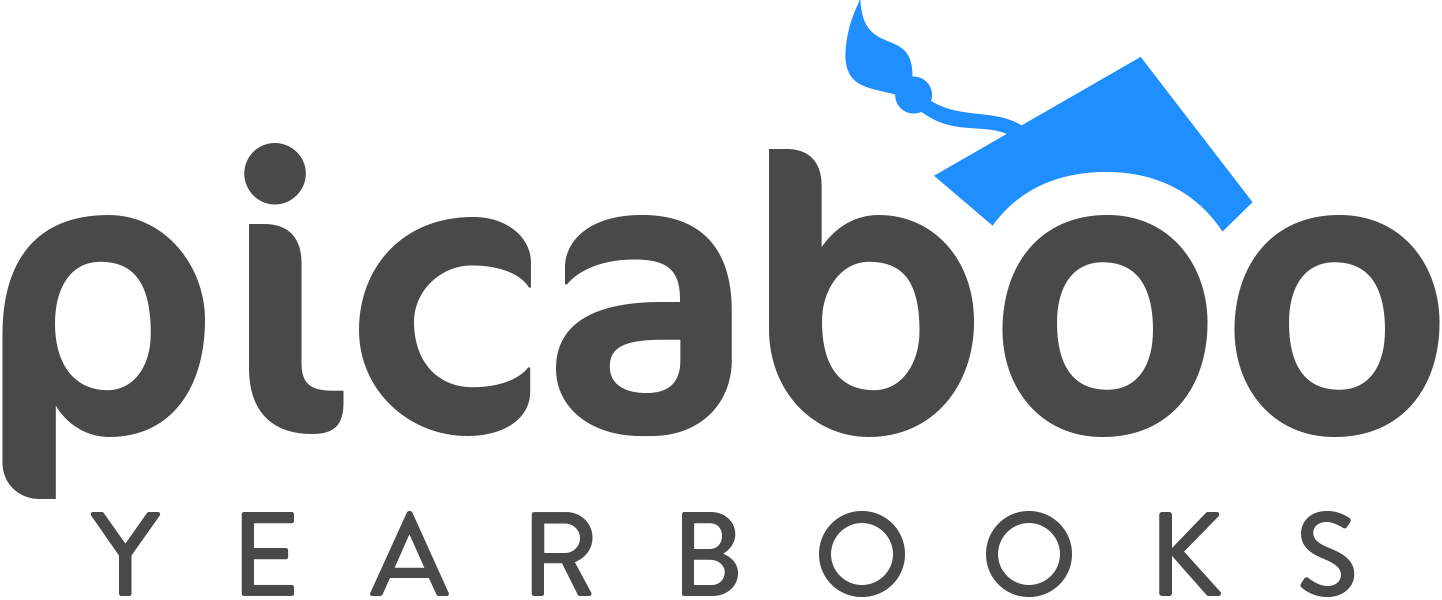Mastering Image Size, Resolution, & File Types
By Nicole Hammond, Professional Development Trainer
Ever baked an amazing cake to take to a potluck and had people rave…about the oven you used?
“Wow! This cake is incredible! You must have a really fancy oven.” (said no one ever!)
Yet, everyone assumes that an amazing photo must have been taken with a FANCY camera.
Maybe it’s because digital photography, or rather, the digital files themselves, can be so complicated, that people assume a fancy camera is what you need to take good photos. I am here to tell you that you do not always need high-end camera equipment any more than you need a swanky oven to bake a good cake!
Simply put: Good images come from understanding how the camera you are using works! Period. This is regardless of whether you are using a high-end dSLR or the smartphone in your back pocket!
Added Bonus: Understanding your camera or handheld device may help alleviate seeing the dreaded “red warning symbol” covering your yearbook images in the Creator Studio(TM) book editor!
So, let’s try to understand images and how they work. Let’s start by defining the terms for background:
KB: (Kilobyte) A kilobyte is equal to 1000 (exactly 1024) bytes
MB: (Megabyte) 1 megabyte is equal to 1000 kilobytes
JPG: (Joint Photographic Experts Group) A format for compressing images
PNG: A compressed raster graphic that doesn’t leave artifacts like .jpgs (used for transparency)
DPI: (Dots Per Inch) Used to measure the resolution of an image on screen and in print.
Resolution: Maximum amount of pixels that can be displayed on a screen
Pixels: A minute area of illumination on a display screen, one of many from which an image is composed.
For yearbook purposes, images don’t all have to be the same size – that’s KB or MB – but HOW you use an image is determined by the size.
File is less than 1,000 KB (or 1 MB): This will be a small image that can be used as a candid, placed in a smaller spot on a page.
File is 3-5 MB: This will be able to be placed on a page as a full-pg. image or a single pg. background.
File is larger than 5 MB: This can MOST LIKELY be used anywhere you need in the book: single page, full page, background, spread background.
Disclaimer: I say “most likely” because if the image size is large, but the resolution is not, the image may be too pixelated to print clearly.
Resolution is the amount of pixels that make up an image. An image taken as HIGH-RESOLUTION will be able to be enlarged several sizes. An image taken as LOW-RESOLUTION, on the other hand, will not have enough pixels to be enlarged.
The bottom line for taking stellar, yearbook-worthy photos is to know your camera and its settings. The average smartphone camera will take a good 2-3 MB image. This means, even if it is taken in high-resolution, a photo taken on a smartphone camera will most likely only be usable as a candid (in a smaller space). Your dSLR or point-and-shoot camera can take a large enough image for a full page photo or background, as long as the settings are correct. We recommend consulting your camera’s manual or checking online to determine which settings to use. You’ll want to know which .jpg or RAW file settings your camera is capable of, and choose the largest one.
Once you know which settings are correct for your camera, you’ll be taking good photos in no time, and hopefully getting the credit for them. (And, make sure everyone knows that you – not your oven – baked the amazing cake.
